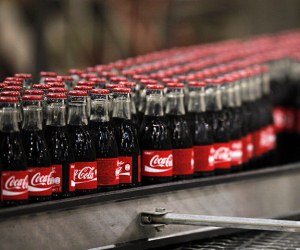
Tele-HR? HRM finds out how Coca-Cola’s centralized HR call centre works.
Y ou have 62,000 workers spread across North America, with HR managers in every centre – how do you reduce costs and still ensure a consistent and high quality response to human resources issues? If you’re Coca-Cola you move all your HR management to one location and install a hotline.
ou have 62,000 workers spread across North America, with HR managers in every centre – how do you reduce costs and still ensure a consistent and high quality response to human resources issues? If you’re Coca-Cola you move all your HR management to one location and install a hotline.
It’s not a new concept, but it’s a new scale: in the first six months the team received 19,318 calls and were able to solve all but four over the phone.
The system has essentially taken a “mission control” approach, where requests are given a case number and are assigned to coordinators who assess the issue and pass it on to consultants, senior manager of field employee relations, Wanda Ford Crumpler said.
Consultants have access to a knowledge database as well as a variety of training tools that help increase efficiency. However each case continues to be considered individually, Crumpler added.
However the transition was by no means seamless. Even with a phased approach, the team soon was overwhelmed by the number of requests. By August 2009, when all employees had been transitioned into the new model, about 200 cases were being logged each week. The company also found an extraordinary amount of data coming from the new system, including the fact that 80% of calls came from managers, not employees.
Some managers were frustrated by doing tasks they considered to be HR work, senior manager, Wendy Lawson said. Yet HR made it clear that they were doing “leader work” that HR had been doing, and most have now lost the “go down the hall to talk to HR mentality”, Lawson said.
Leaders have been empowered to handle certain issues on their own, such as attendance issues and minor safety violations. If cases rise to the level of dismissal, however, the employee relations team is called in to help examine potential risks and confirm that procedures have been followed.